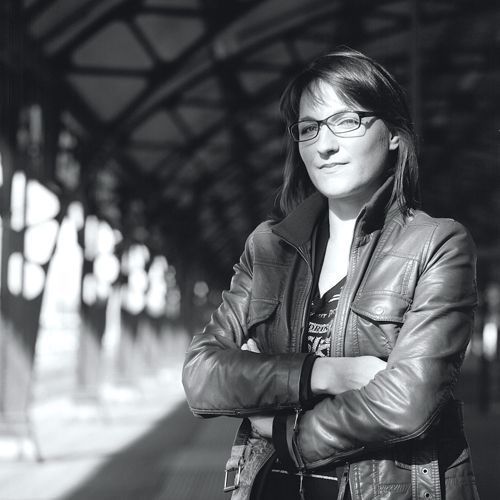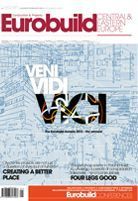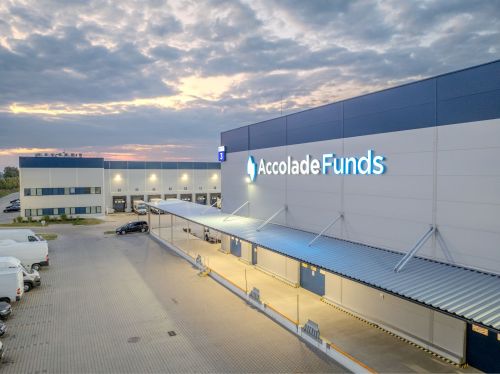Zuzanna Wiak, ‘Eurobuild CEE’: A Dutch company is carrying out its first project in Poland, why?
Edyta Wiśniewska, architect and urban planner from KuiperCampagnons: Our architectural studio, which was established in 1916, is one of the largest and oldest studios in the Netherlands. We have an integrated approach to spatial and regional planning, urban development, landscape architecture and obtaining all the documents necessary for carrying out long- and short-term plans. I mention this because our company is a kind of foundation whose goal is to educate and pass on knowledge from one generation to another. The founders of the studio advised on and drew up the extension plan for Rotterdam. In 2008 we turned our attention towards Poland.
Why was it Poznań that attracted the studio’s attention?We visited many Polish cities at the time. We went to Gdańsk, Wrocław, Poznań and Warsaw and had a few discussions on which of the cities would be willing to participate i































































